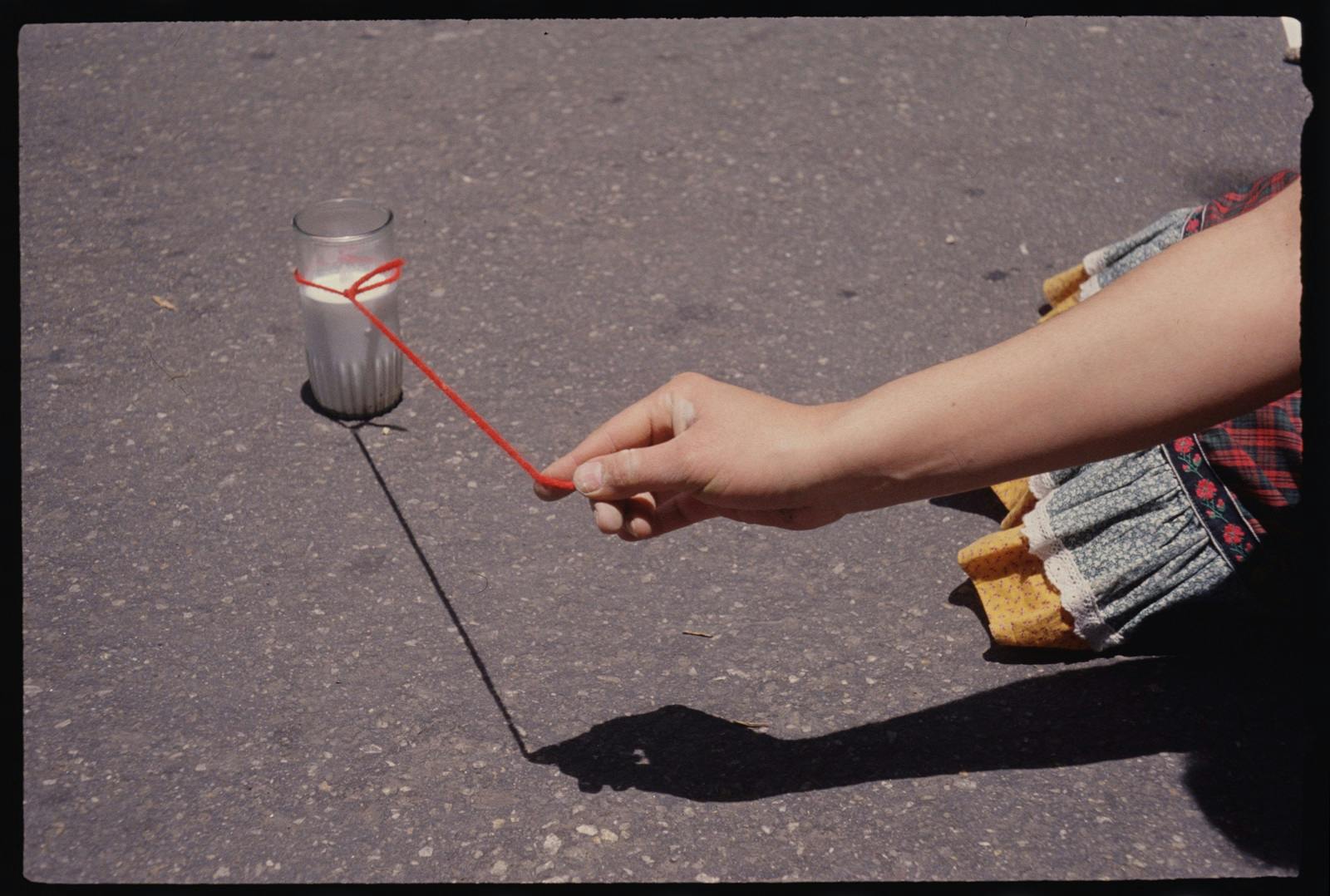The Institute for Studies on Latin
American Art (ISLAA) supports the study
and visibility of Latin American art.
Threads to the South considers fiber as a conceptual tool for exploring belonging, identity, and territory in Latin America
This exhibition explores a pivotal period of work by Luis Fernando Benedit, highlighting his radical exploration of ecology and systems of control.
This exhibition, featuring the 1982 documentary Trans by Manuel Herreros de Lemos and Mateo Manaure Arilla, provides an intimate look at a group of Venezuelan trans women’s experiences, aspirations, and community.
The grantees were chosen by a selection committee to further the study of Latin American, Caribbean, and Latinx art and visual culture.

Threads to the South
Threads to the South considers fiber as a conceptual tool for exploring belonging, identity, and territory in Latin America.

Luis Fernando Benedit: Invisible Labyrinths
This exhibition explores a pivotal period of work by Luis Fernando Benedit, highlighting his radical exploration of ecology and systems of control.

Dueñas de la Noche: Trans Lives and Dreams in 1980s Caracas
This exhibition, featuring the 1982 documentary Trans by Manuel Herreros de Lemos and Mateo Manaure Arilla, provides an intimate look at a group of Venezuelan trans women’s experiences, aspirations, and community.

ISLAA Research Grant Spring 2024: Grantees Announced
The grantees were chosen by a selection committee to further the study of Latin American, Caribbean, and Latinx art and visual culture.
PUBLICATIONS
EDITORIALS
Tue–Sat: 12–6 PM Sun–Mon: Closed
Tue–Sat: 12–6 PM Sun–Mon: Closed





